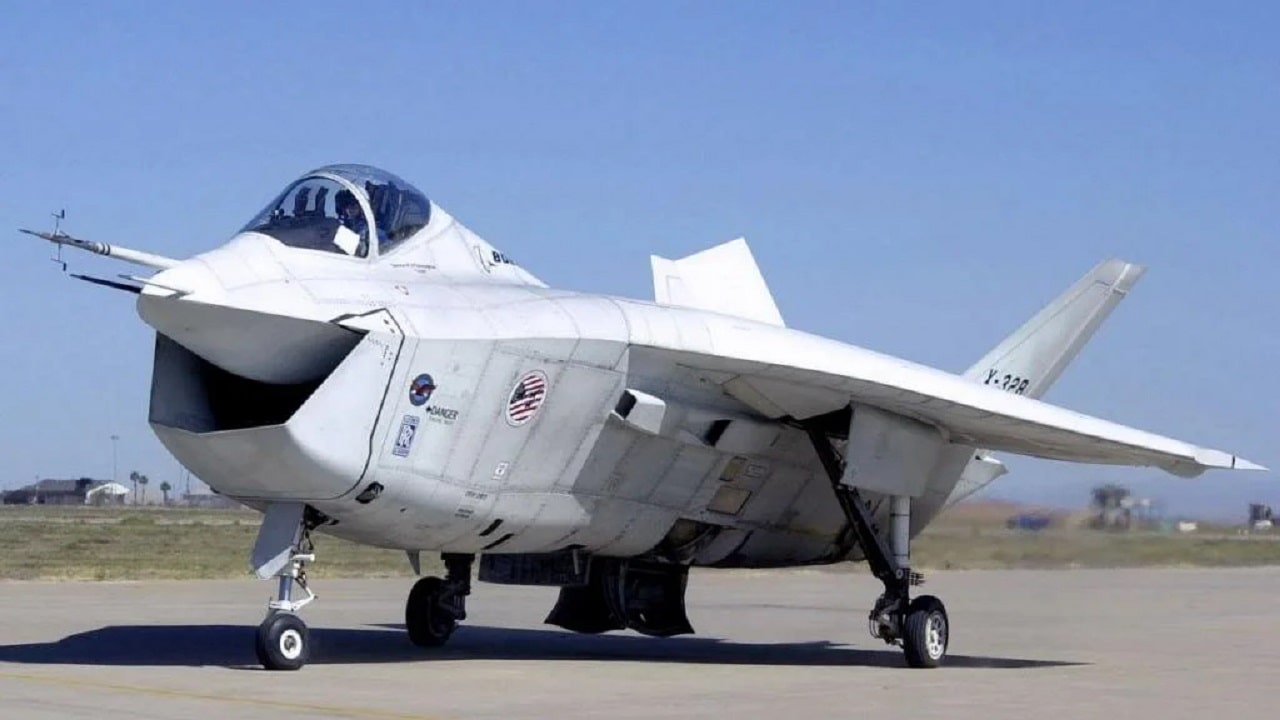Well, first, none of those airplanes had any sort of automatic system for ejection. In fact, this F 35B system is the first I’ve ever heard of .
The general tendency of pilots is to stay with the airplane, and “try to save it”. We had a lot of instances of people ejecting too late and ending up dead.
Ejection is not something to take lightly, there’s a high chance of injury.
At low speed, the initial charge will compress your spine under tremendous G. At high speed, you’re going to get hurt by the wind blast. Ejection was not recommended above 450 knots, and the NATOPS said injury was likely above 350. In reality, that’s true. The seat itself would survive above 450 knots, but you would not.
I know of a crew who ejected from a F-14 at 600 knots. The only trace of them that was ever found was the scrape of a boot on the tail of the plane. Years later, a crew ejected at that speed, and did not survive, though their bodies were found.
All that to say, that we were not predisposed to ejecting. I’ve got a good friend who ejected twice from an F 14.
The first time, they had an engine failure. The turbine blades ruptured fuel cells, and the flew that airplane with visible flames coming out of it for over 50 miles before they lost control, and then, and only then, did they eject.


